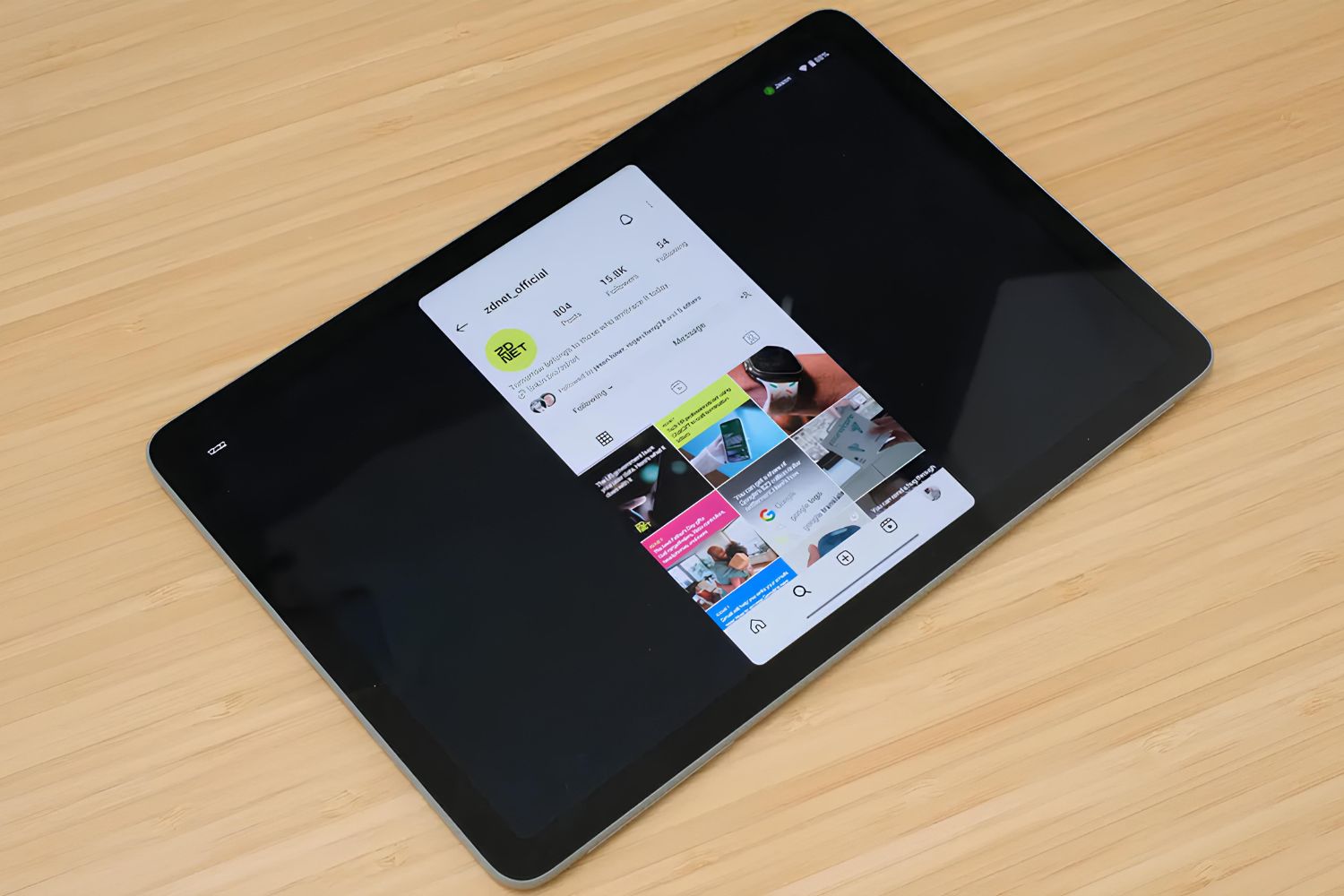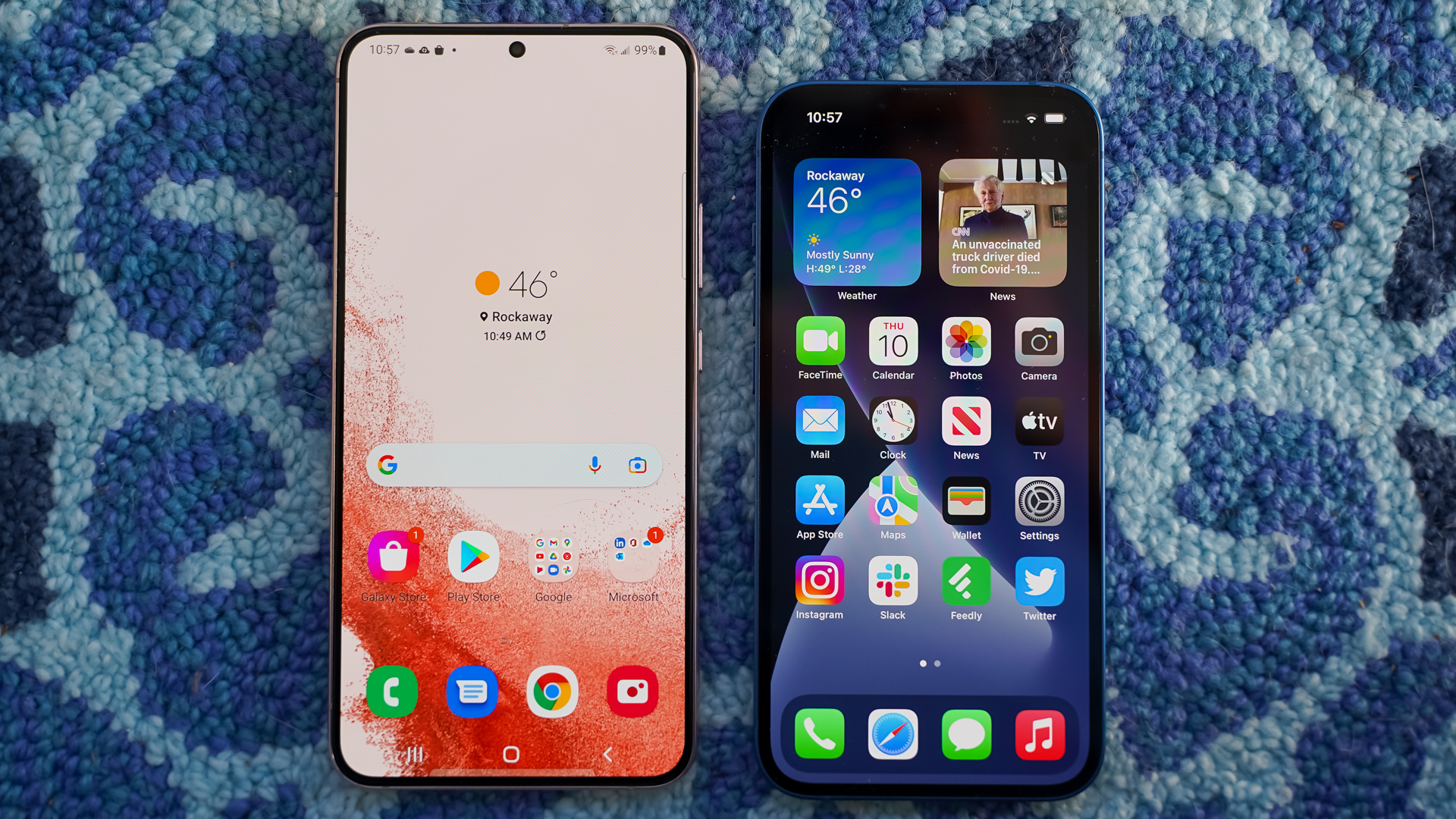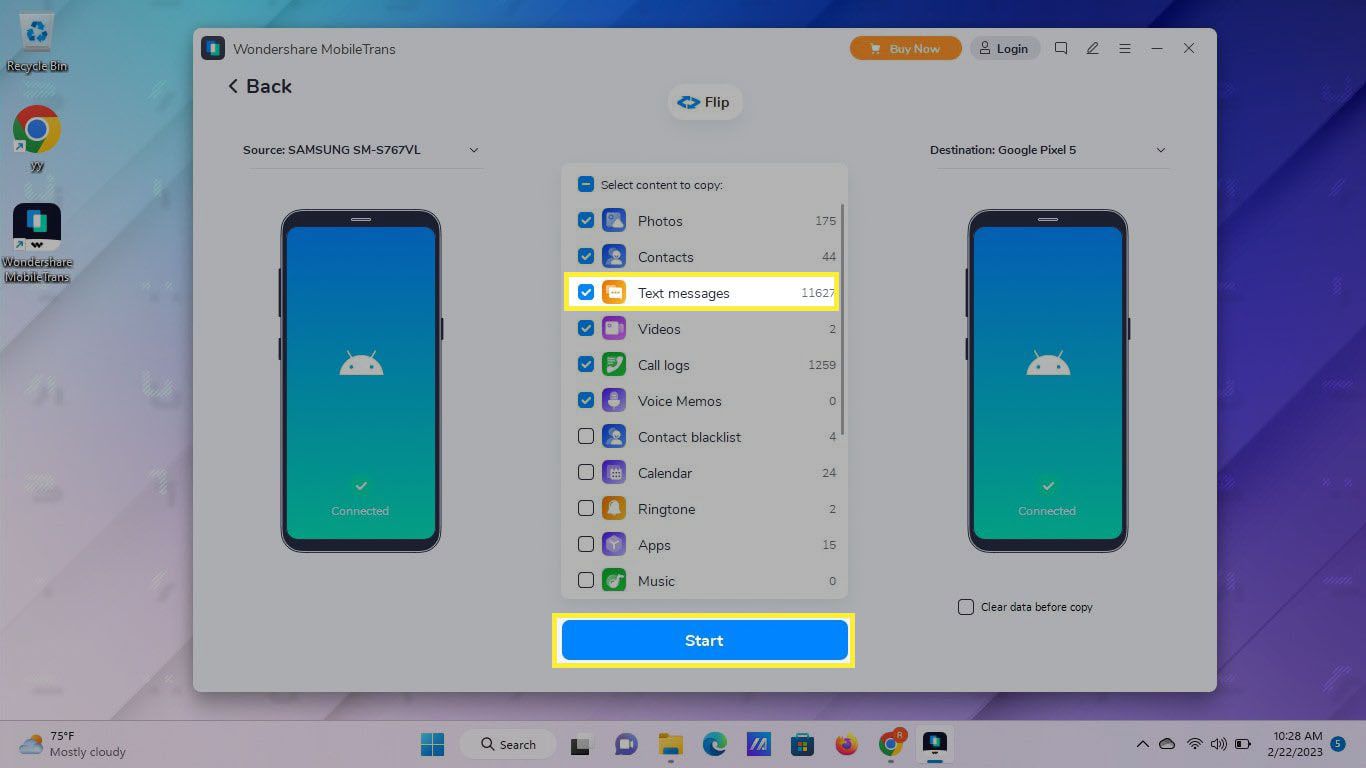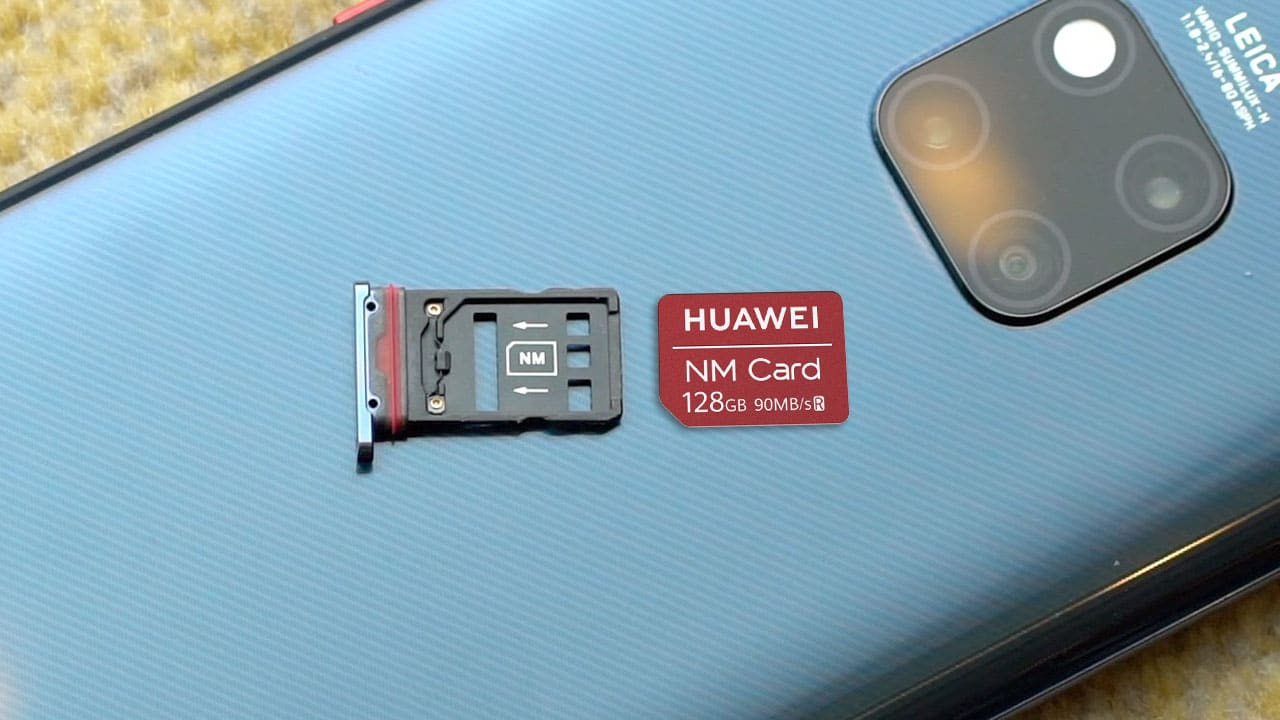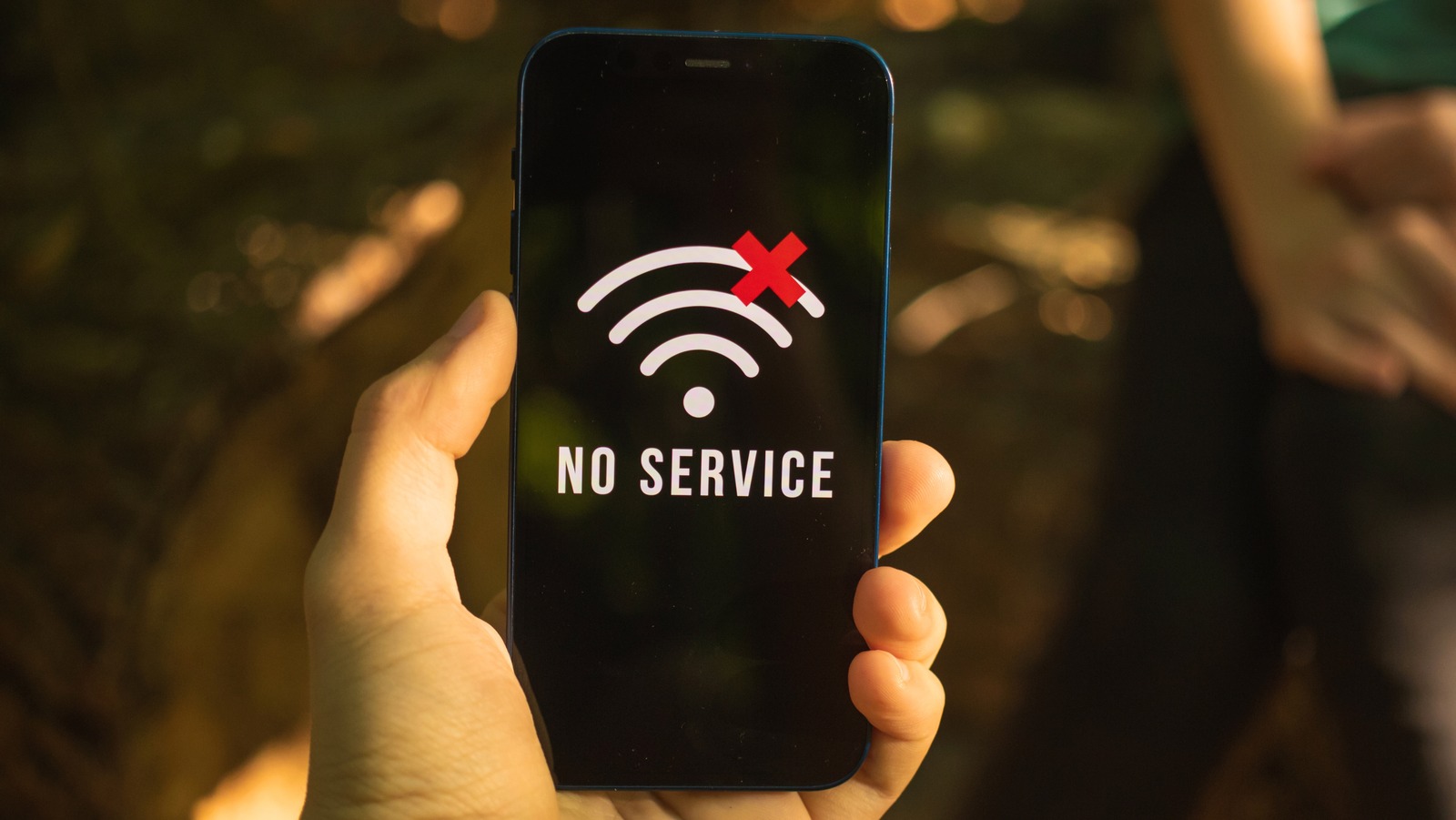Introduction
In the realm of mobile devices, text messages serve as invaluable repositories of personal and professional communication. They encapsulate cherished memories, critical information, and sentimental exchanges. As the reliance on smartphones continues to burgeon, the need to safeguard these digital conversations becomes increasingly paramount. While the Android platform proffers an array of options for preserving text messages, one often-overlooked method is the utilization of the SIM card as a storage medium.
In this comprehensive tutorial, we will delve into the intricacies of saving text messages to the Android SIM card. By understanding the limitations, exploring the step-by-step process, and garnering tips for efficient management, users can harness the full potential of this often underutilized feature. Whether it's for archiving cherished conversations, creating backups, or simply optimizing device storage, this tutorial aims to empower Android users with the knowledge to leverage their SIM card as a secure repository for their text message data.
As we embark on this enlightening journey, it's essential to grasp the nuances of this process and the implications it holds for users. By the end of this tutorial, you will be equipped with the skills and insights necessary to navigate the intricacies of saving text messages to the Android SIM card, thereby fortifying your digital communication arsenal and ensuring the preservation of your valuable text message data.
Understanding the limitations of saving text messages to the Android SIM card
While the notion of saving text messages to the Android SIM card may seem enticing, it is imperative to comprehend the inherent limitations associated with this method. The SIM card, primarily designed for facilitating cellular connectivity and storing essential subscriber information, imposes certain constraints on the storage and management of text messages. Understanding these limitations is crucial for users seeking to leverage the SIM card as a repository for their text message data.
-
Storage Capacity: One of the primary limitations of saving text messages to the Android SIM card is its relatively modest storage capacity. Unlike the internal storage or external memory options available on Android devices, the SIM card typically offers limited space for storing text messages. This constraint necessitates prudent management of the available storage to prevent overcrowding and potential data loss.
-
Message Format: Another pertinent limitation pertains to the message format supported by SIM cards. Unlike modern smartphones, which accommodate multimedia-rich content, SIM cards are often confined to storing basic text messages. This means that messages containing images, videos, or other multimedia elements may not be compatible with SIM card storage, thereby restricting the types of messages that can be saved.
-
Compatibility: The compatibility of saved text messages with alternative devices is a crucial consideration. While text messages stored on the SIM card may be accessible on the same device, transferring and accessing them on different devices, especially those from different manufacturers or operating systems, can pose challenges. This limitation underscores the importance of considering the long-term accessibility and portability of the saved text messages.
-
Backup and Restoration: Unlike dedicated backup solutions or cloud-based storage options, saving text messages to the Android SIM card may not offer robust backup and restoration capabilities. The reliance on the SIM card as the sole repository for text message data may limit the flexibility and convenience of backing up and restoring messages, especially in the event of device loss or malfunction.
-
Security and Privacy: The security and privacy implications of saving text messages to the SIM card merit careful consideration. With the growing emphasis on data privacy and encryption, the SIM card may not provide the same level of security features and encryption protocols as modern smartphone storage options, potentially exposing sensitive message content to security risks.
By acknowledging these limitations, users can make informed decisions regarding the suitability of saving text messages to the Android SIM card. While the SIM card offers a viable storage option for certain types of text messages, understanding its constraints is essential for devising a comprehensive and effective text message management strategy.
Steps to save text messages to the Android SIM card
Saving text messages to the Android SIM card entails a series of systematic steps to ensure the seamless transfer and storage of valuable message data. While the process may vary slightly depending on the Android device model and software version, the following general steps serve as a comprehensive guide for users seeking to leverage the SIM card as a repository for their text messages.
-
Accessing the Messaging App: Begin by accessing the messaging app on your Android device. This is typically represented by an icon featuring a speech bubble or messaging symbol. Upon launching the messaging app, navigate to the conversations containing the text messages you intend to save to the SIM card.
-
Selecting Messages for Transfer: Within the messaging app, locate the specific text messages that you wish to save to the SIM card. This may involve scrolling through the conversation threads or utilizing the search functionality to pinpoint the relevant messages.
-
Opening Message Options: Once the desired messages are identified, access the options menu within the messaging app. This can typically be achieved by tapping and holding on a specific message or by accessing the menu icon, often denoted by three vertical dots or lines, depending on the app's interface.
-
Choosing the 'Save to SIM' Option: Upon accessing the message options, look for the 'Save to SIM' or 'Save to SIM card' option within the menu. Selecting this option initiates the process of transferring the chosen text messages to the SIM card for storage.
-
Confirming the Transfer: After selecting the 'Save to SIM' option, the messaging app may prompt for confirmation to proceed with the transfer. Confirm the action to initiate the transfer process, which will copy the selected text messages from the device's internal storage to the SIM card.
-
Verifying the Transfer: Once the transfer process is completed, it is advisable to verify the successful transfer of the text messages to the SIM card. This can be accomplished by accessing the SIM card storage settings within the messaging app or by reviewing the SIM card's message storage capacity.
-
Ensuring Compatibility and Accessibility: It is essential to ensure that the saved text messages on the SIM card are compatible with the device and can be accessed as needed. Test the accessibility of the saved messages within the messaging app to confirm their availability for future reference.
By following these steps, users can effectively save text messages to the Android SIM card, leveraging this storage option for preserving valuable message data and optimizing the device's internal storage capacity. It is important to note that the availability of the 'Save to SIM' option and the specific steps may vary based on the device's manufacturer and the messaging app's interface. Therefore, users are encouraged to consult their device's user manual or seek guidance from the manufacturer's support resources for device-specific instructions.
Tips for managing text messages on the Android SIM card
Efficient management of text messages on the Android SIM card is essential for maximizing the utility and longevity of the stored message data. While the SIM card serves as a viable storage option for preserving text messages, certain tips and best practices can enhance the overall experience and ensure seamless accessibility to the stored messages. Here are some valuable tips for managing text messages on the Android SIM card:
-
Regular Backup and Archiving: Given the limited storage capacity of SIM cards, it is advisable to regularly backup and archive older text messages to prevent overcrowding and potential data loss. By periodically transferring older messages to alternative storage options, such as the device's internal storage or cloud-based solutions, users can maintain a streamlined and organized collection of text messages on the SIM card.
-
Selective Storage: Prioritize the storage of essential and significant text messages on the SIM card, taking into account the limited capacity and compatibility constraints. By selectively choosing messages for storage based on their relevance and importance, users can optimize the utilization of the SIM card storage while ensuring quick access to critical message data.
-
Utilize Messaging Apps with SIM Card Integration: Explore messaging apps that offer seamless integration with SIM card storage, allowing for effortless saving and retrieval of text messages. Certain messaging apps provide dedicated features for managing messages on the SIM card, streamlining the process and enhancing the overall user experience.
-
Regular Maintenance and Cleanup: Periodically review and clean up the stored text messages on the SIM card to remove redundant or obsolete content. This practice not only optimizes the available storage space but also facilitates efficient retrieval of relevant messages when needed.
-
Consider Alternative Storage Solutions: While the SIM card serves as a convenient storage option, consider leveraging alternative storage solutions, such as cloud-based backups or external memory cards, for long-term archiving and comprehensive backup of text messages. This approach ensures redundancy and accessibility across multiple platforms.
-
Security and Privacy Measures: Implement security measures to safeguard the stored text messages on the SIM card, such as enabling device lock screen security and utilizing encryption features if available. Prioritize privacy and data security to mitigate potential risks associated with storing sensitive message content on the SIM card.
By adhering to these tips and best practices, users can effectively manage text messages on the Android SIM card, optimizing the storage capacity and ensuring seamless accessibility to their valuable message data. It is imperative to strike a balance between efficient storage management and data security, thereby harnessing the full potential of the SIM card as a repository for text messages.
Conclusion
In conclusion, the process of saving text messages to the Android SIM card presents a viable yet nuanced approach to text message management. While the limitations of SIM card storage capacity, message format compatibility, and long-term accessibility must be acknowledged, the strategic utilization of the SIM card can offer tangible benefits for users seeking to preserve and manage their text message data.
By understanding the limitations and following the systematic steps outlined in this tutorial, Android users can leverage the SIM card as a supplementary storage option for text messages, thereby optimizing the device's internal storage capacity and creating redundancies in data preservation. The ability to selectively store essential messages on the SIM card, coupled with regular maintenance and backup practices, empowers users to curate a streamlined and organized collection of text messages while mitigating the risk of data loss.
Furthermore, the tips for managing text messages on the Android SIM card underscore the importance of proactive storage management, selective archiving, and the consideration of alternative storage solutions. By implementing these best practices, users can navigate the inherent limitations of SIM card storage while maximizing the utility and accessibility of their stored message data.
It is crucial to emphasize that while saving text messages to the SIM card offers a pragmatic approach to data management, it should be complemented by comprehensive backup strategies, including cloud-based solutions and external memory options, to ensure redundancy and long-term accessibility. Additionally, users should prioritize data security and privacy measures to safeguard the stored text messages, especially when dealing with sensitive or confidential content.
In essence, the process of saving text messages to the Android SIM card represents a valuable addition to the repertoire of text message management strategies available to Android users. When approached with a nuanced understanding of its limitations and supplemented by proactive management practices, the SIM card can serve as a reliable and efficient repository for preserving valuable text message data, thereby enhancing the overall user experience and data resilience in the dynamic landscape of mobile communication.
As users continue to navigate the evolving realm of digital communication, the insights and techniques presented in this tutorial aim to equip them with the knowledge and proficiency to harness the full potential of the Android SIM card as a secure repository for their text message data. By integrating these strategies into their text message management endeavors, users can fortify their digital communication arsenal and ensure the preservation of their valuable message exchanges for years to come.









